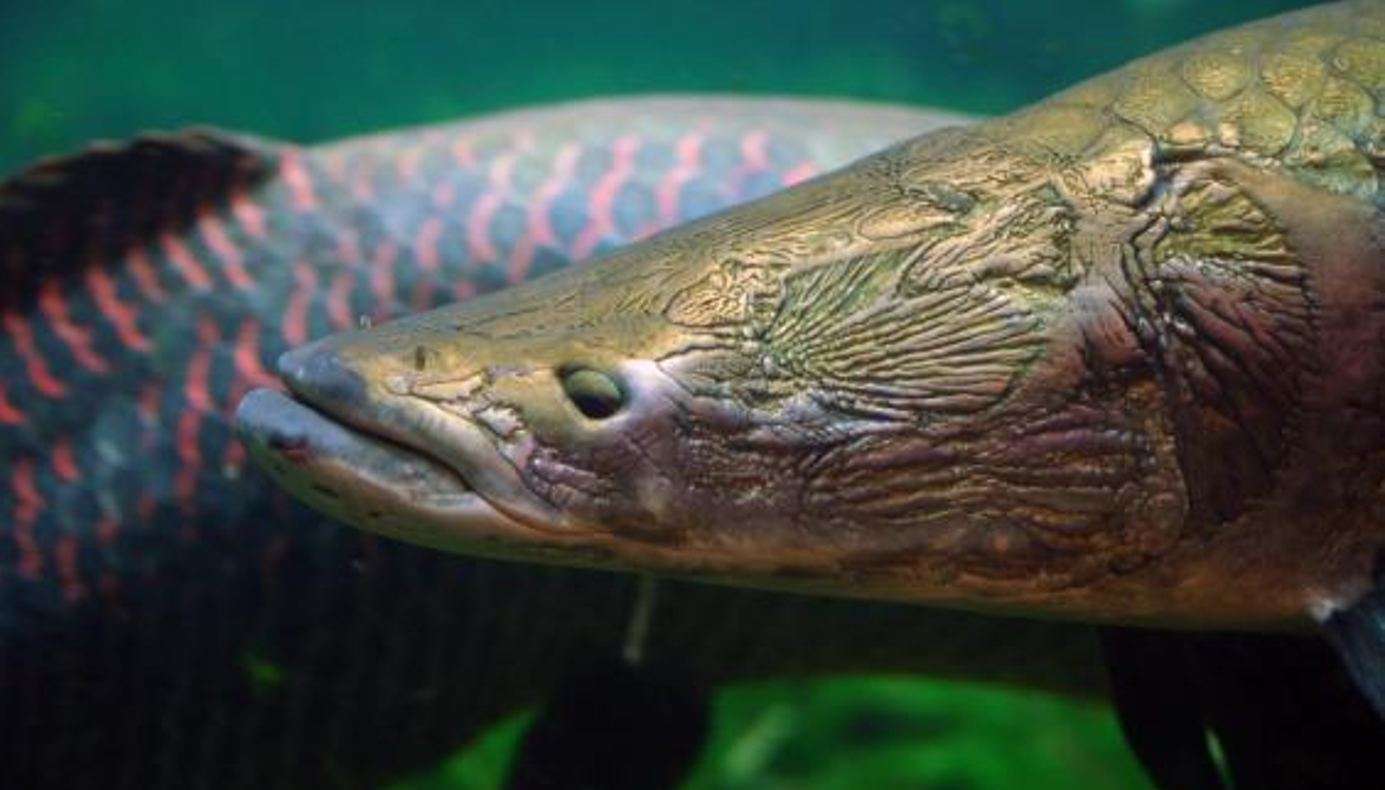After Using Tools, Crows are Happier and Behave More Optimistically: 'The pleasure of accomplishment'
Harvard researchers found that crows behaved more optimistically after using tools- probably from emotions like pleasure of accomplishment.

When the Brazilian state of Amazonas put the responsibility of protecting one of the world's largest freshwater fish in the hands of the indigenous inhabitants, it saved the beast from an inevitable extinction.
The giant arapaima, a piranha-proof river monster capable of growing to 10-feet in length and weighing 440 pounds, was almost wiped out by illegal fishing in the 1990s, but two decades of conservation means the ‘Terminator of the River' is back.
As well as being the biggest fish on the block, the arapaima is a prolific hunter, and is known to prey on reptiles, birds, and mammals—crushing them against the roof of its mouth with a tongue covered in rough bone.
Renowned Discovery Channel fisherman, Jeremy Wade from River Monsters, describes one striking him in the chest and causing a bruise he could still feel a month-and-a-half later, and which his doctor said he had seen before in car-crash victims.
Regardless of their danger, they are also known by the name ‘Cod of the Amazon', and disregarding a ban on arapaima fishing, their numbers have been plummeting due to the demand for the firm white meat with few bones.
The arapaima disappeared from much of its historic range, and at the dawn of the new millennium, fewer than 3,000 were estimated to exist.
Taking a different model to most conservation methods in the Amazon, João Campos-Silva, an ecologist at the Institutio Juruá, decided to work with local communities to preserve arapaima fishing, and to help people realize the kind of money they could make by protecting the environment.
"Conservation should mean a better life for locals," Campos-Silva told CNN. "So in this case conservation started to make sense. Now local people say ‘we need to protect the environment, we need to protect nature, because more biodiversity means a better life.'"
Arapaima spend the wet season in flooded forests where they breed, following the receding waters out into lakes and major rivers where they feed and grow into mammoth sizes.
Focusing on the Juruá River, the Institutio Juruá began an annual population census to determine a sustainable harvest quota for fisherman. Arapaima would be allowed to be caught only in areas managed by local communities, like the Xibauazinho, who guard the entrances to the lakes day and night to ward off poachers.
After 11 years of management, the once never-seen fish now numbers at 4,000 in the lakes under the Xibauazinho's jurisdiction.
Discerning diners in Brazil's major cities can have their fish and eat it too, and poachers have to compete with legal commercial activities. Furthermore, risk of corruption goes down with this management, as the government authority (the locals) directly uses the fish as a resource, meaning it's in their interest to ensure the sustainable harvest quotas set are maintained and not broken.
According to Campos-Silva, there are now 330,000 arapaima living in 1,358 lakes in 35 managed areas, with over 400 communities involved in managing them. The income generated from fishing rights is pouring into those communities, who are using it to fund medical infrastructure, schools, and more.
"Our job has been recognized nationally and internationally, increasing our pride and respect from other communities and organizations," said Francisco das Chagas Melo de Araújo, also known as Seu Preto, the leader of the Xibauazinho. "Now we have the opportunity to help other communities to empower themselves."
(WATCH the Jeremy Wade video mentioned above.)
FLOAT a Little Hope Over to Your Chums—Share This Conservation Story…
Be the first to comment